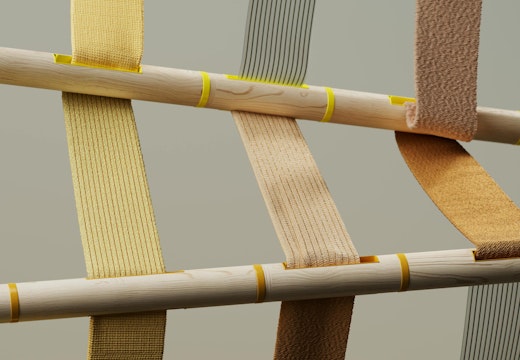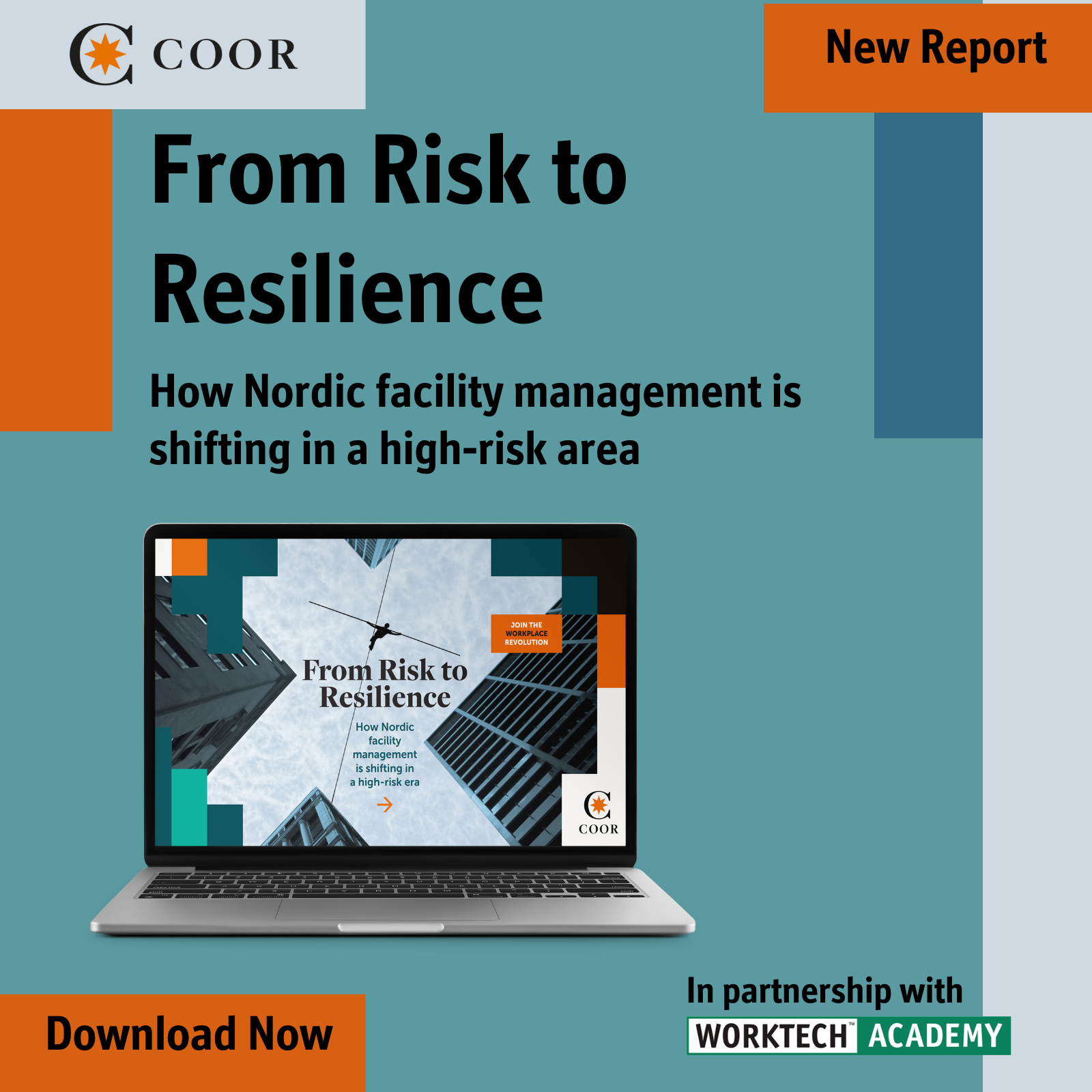Shapeshifter offices: what happens when our spaces start to feel us back?
From mood-sensitive materials to neuroadaptive lighting, workplaces are beginning to adapt not just to tasks – but to emotions, postures and personalities
At WORKTECH’s Smart Technologies event in London earlier this year, one of the key themes was the emergence of a future workplace that is hyper-responsive. The event signalled a shift from connected systems to connected spaces. From Disney to Zaha Hadid Architects, the conversations centred around data-driven personalisation and the ability for spaces to adapt to individual preferences and behaviours.
Why come in, if the space doesn’t uplift or support you? – Arjun Kaicker of Zaha Hadid Architects
Arjun Kaicker, co-head of analytics and insights at Zaha Hadid Architects and keynote speaker at the event, shared examples of these spaces ranging from the Bee’ah HQ in the UAE – where the building learns from user behaviour to optimise comfort and sustainability – to Hettich’s yet-to-launch adaptive pods in Germany that respond to occupants in real time.
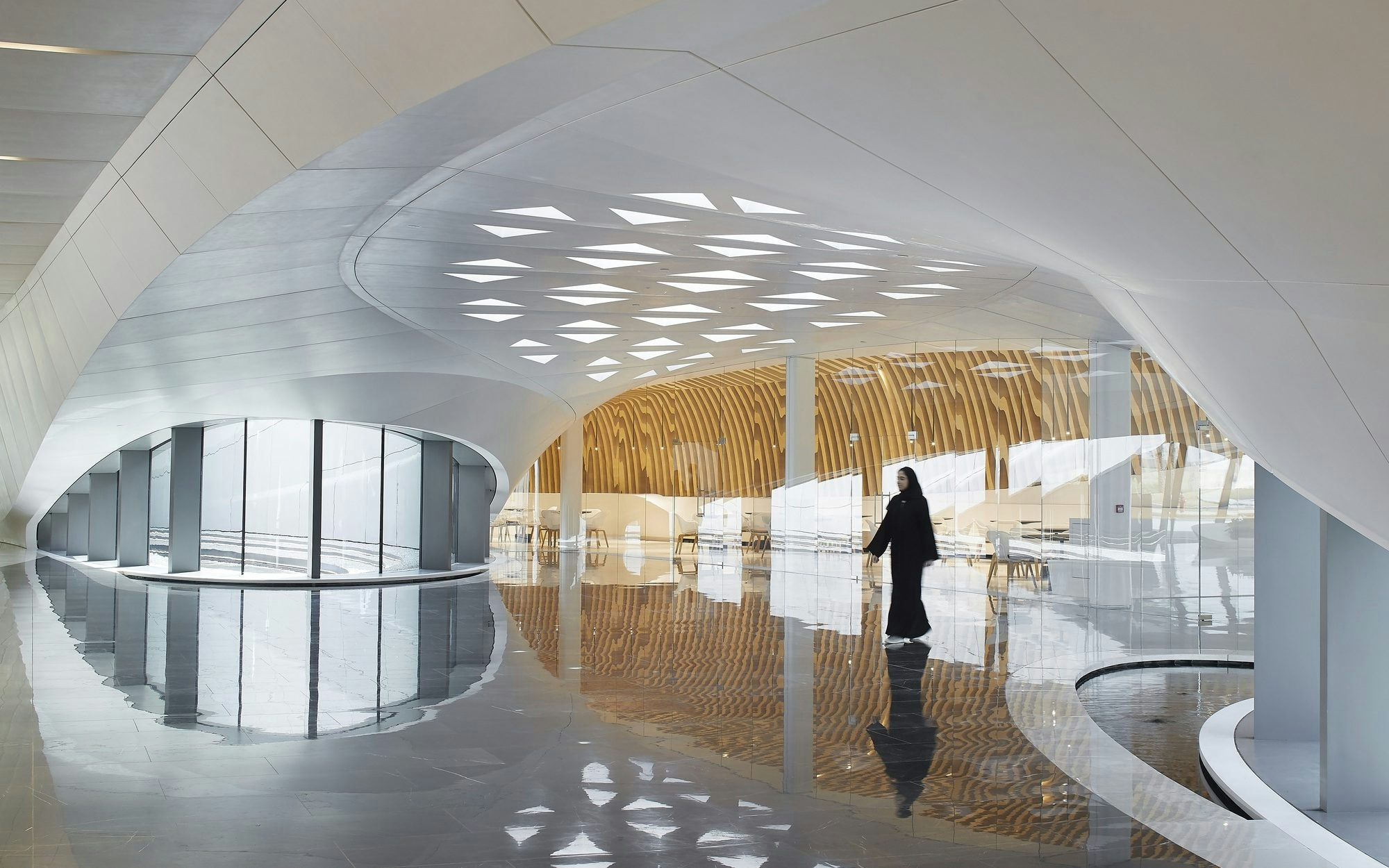
Bee’ah Headquarters by Zaha Hadid Architects, UAE
Kaicker envisions offices that shapeshift based on personality, task or team dynamic – adjusting lighting, furniture, and atmosphere to meet the needs of the moment. And increasingly, the building blocks for this vision are becoming a reality.
A recent study from Cornell University shows that neuroadaptive design is already within reach, and highly beneficial. Drawing from research into collective consciousness and emotional AI, the study explores how computer vision and machine learning can track occupants’ facial expressions and speech to adjust environmental conditions in real time, with the goal being a workplace that fosters team synchrony and individual focus though responsive space design.
From concept to canvas
The idea of a space updating itself to reflect our inner state is becoming more tangible, not just in theory, but the materials and interfaces around us.
Take BLOOMIN8, the world’s first full-colour smart E-Ink canvas, turns digital décor into something dynamic and mood-responsive. Users can change what’s displayed – a quote, an image, a welcome message – with the same ease as switching a playlist. Cord-free and paper-like in feel, it brings ambient customisation into the realm of everyday objects.
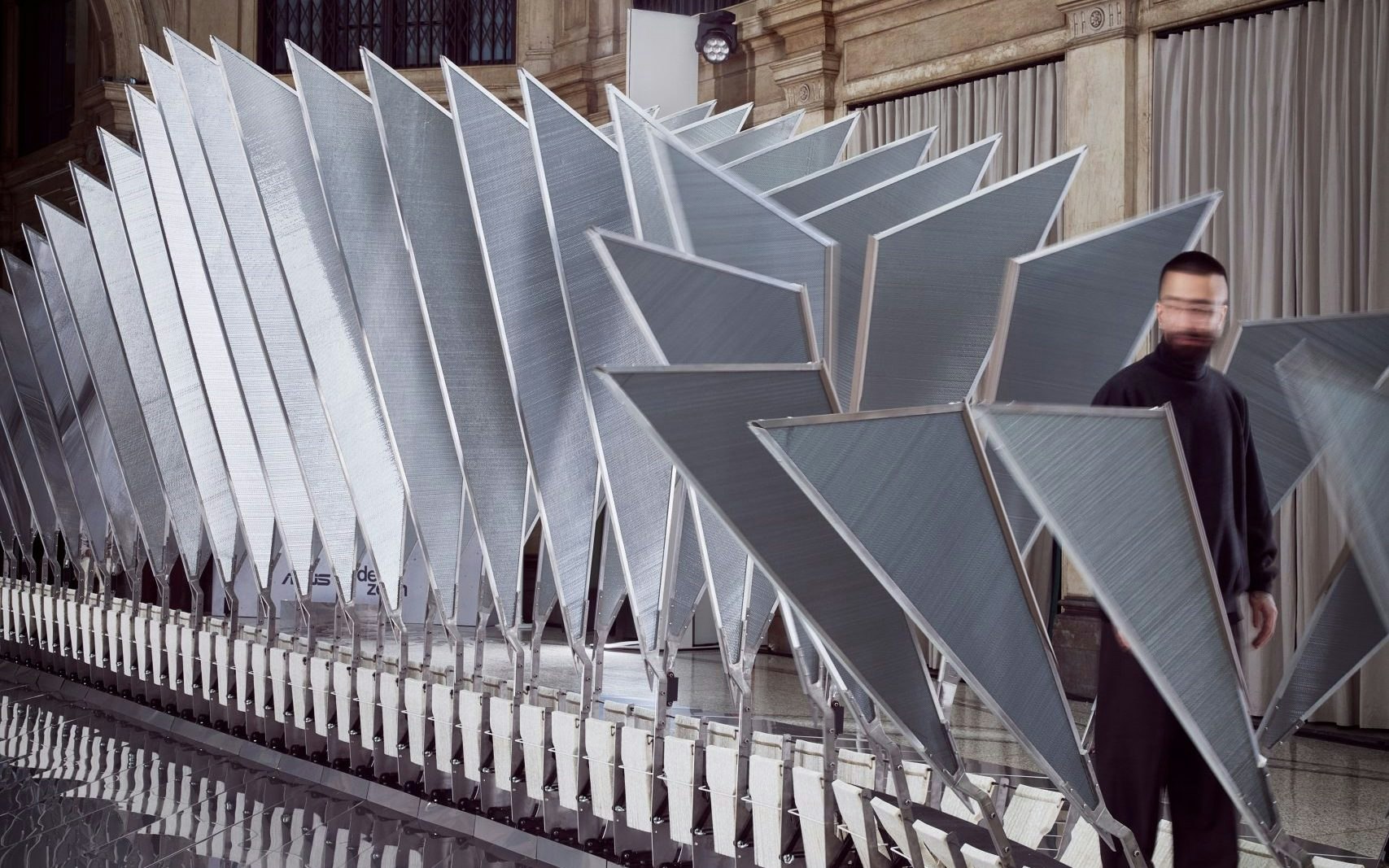
Willful Wonder by Studio INI is a kinetic, biomimetic sculpture inspired by the ASUS Zenbook, responding to human presence with poetic movement at Milan Design Week 2025. Commisioned by ASUS x Dezeen.
On a larger scale, at Milan Design Week, Studio INI’s ‘Willful Wonder’ installation offered a kinetic, data-driven environment that physically moved in response to human presence. As visitors walked its central axis, large wing-like structures opened and closed. Touching the panels fed a generative AI model, which translated physical interaction into a live visual map of behavioural patterns – turning presence and emotion into data the space could feel.
Shifting on impact
While some adaptive systems focus on lighting or visuals, others are taking a more physical approach – exploring how furniture can respond to the body through material behaviour, not mechanical automation.
Designer Woojin Park reimagines gooseneck tubing – typically used in lighting or machinery – as the backbone of a responsive chair. His ‘de-goose’ design flexes and holds its shape in response to posture, creating a soft feedback loop between user and structure. The curved form serves as both backrest and armrest, shifting with each movement to provide support without constraint.
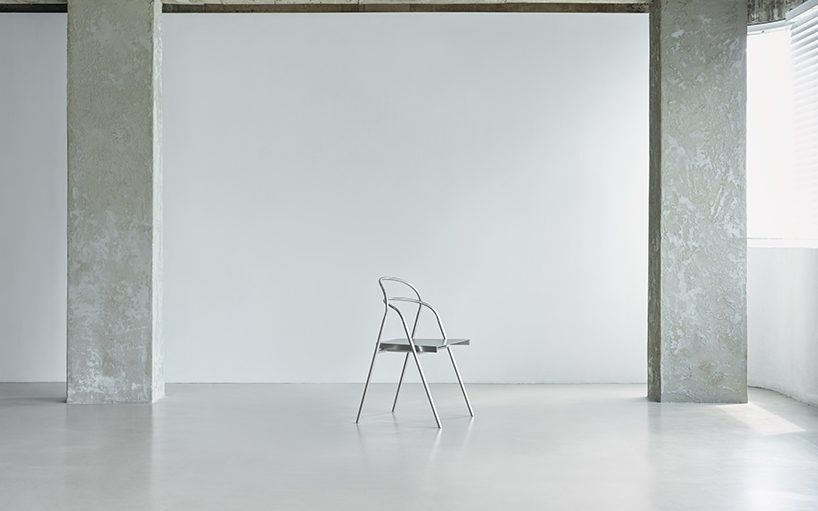
Designer Woojin Park reimagines gooseneck tubing in his ‘de-goose’ chair, Seoul, South Korea
Meanwhile, Pangolin seating by Jacob Walls brings emotional responsiveness into surface design. Dyed with thermochromic pigments, the bench changes colour on contact – turning heat and touch into visible traces. ‘I was interested in creating a piece that felt alive,’ Walls told Dezeen, ‘something that didn’t just occupy space, but responded to it.’
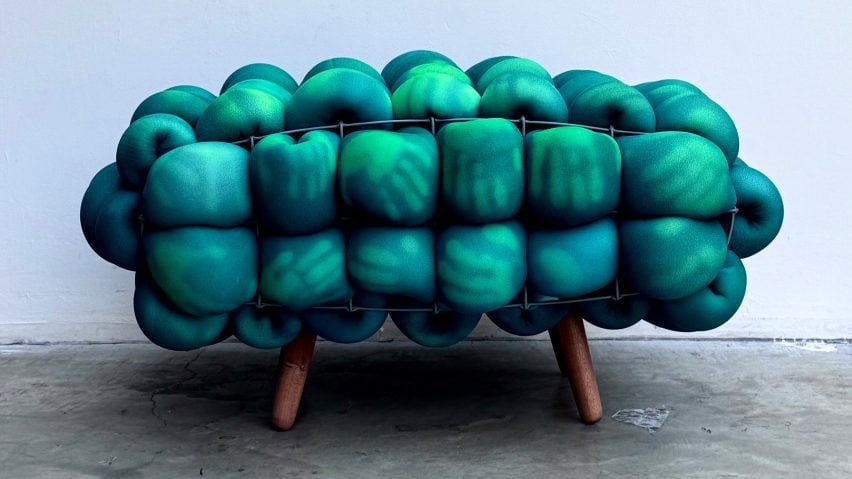
Pangolin seating by Jacob Walls, UAL, UK
Persistent space personalisation
Hyper-personalisation in the workplace is no longer confined to digital tools or HR dashboards – it’s becoming embedded in the walls, chairs, and ambient interfaces around us. From AI-powered spatial systems to mood-reactive materials, we’re beginning to glimpse a future where the built environment doesn’t just respond to tasks, but to the emotional and physiological needs of its occupants.
But this also raises deeper questions.
What does it mean to design a truly inclusive space – one that listens, adapts, and even changes shape based on who enters it? How do we ensure that this level of personalisation supports wellbeing without turning the workplace into a surveillance tool or mood monitor? And are organisations ready to invest not just in tech upgrades, but in environments that behave more like collaborators than static backdrops?
The opportunity is to create a more attuned, responsive workplace that’s offers productivity gains alongside a deeper sense of belonging. But as design catches up with cognition, we’ll need new frameworks for what it means to feel seen – and supported – by the spaces we move through every day.


